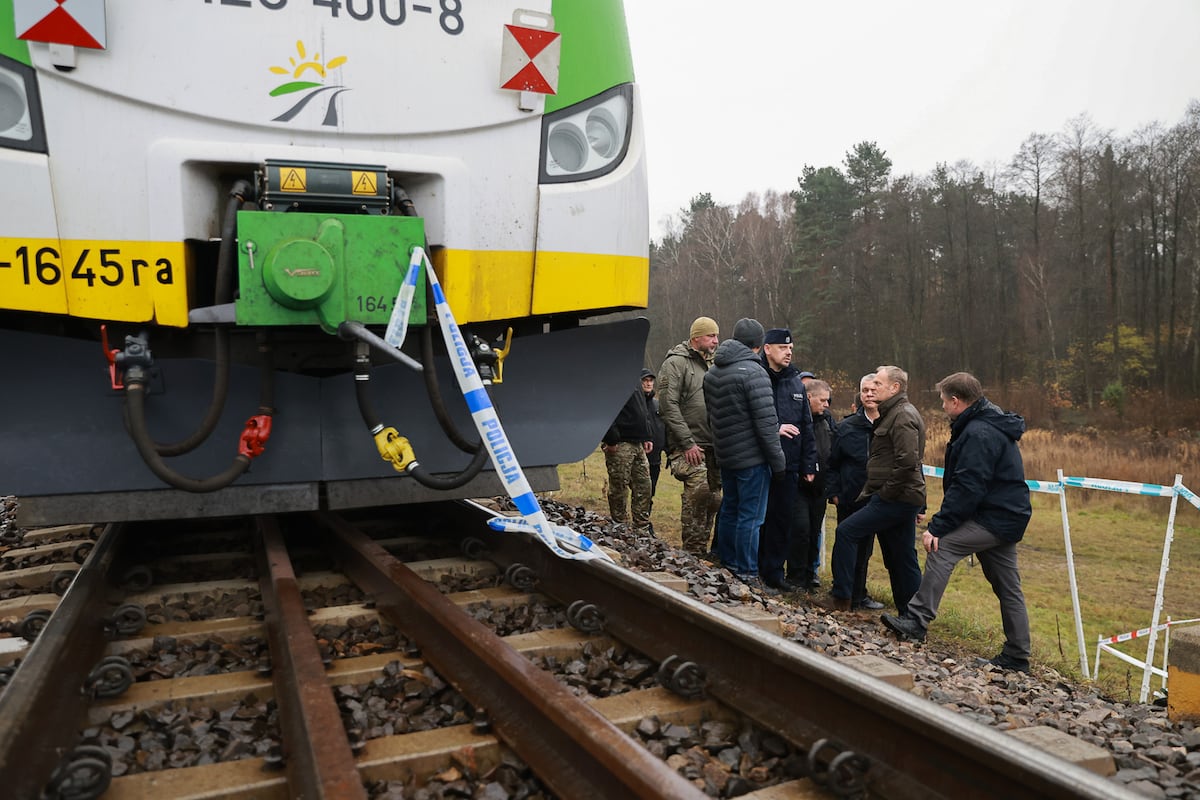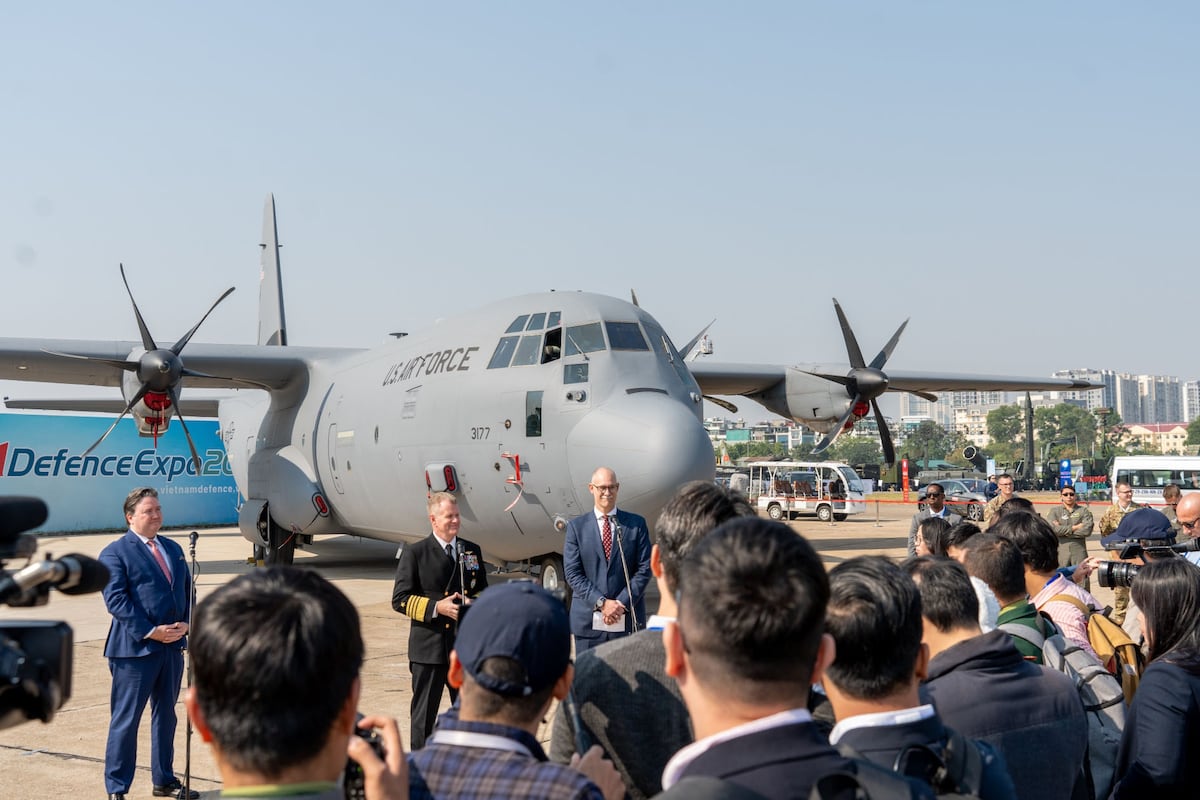U.S. Army Proposes Major Expansion of Patriot Air Defense Capabilities
Strategic Objective for Ammunition Stockpile Enhancement
In its 2026 budget submission, the U.S. Army has outlined an ambitious plan to significantly amplify its Patriot air defense inventory. This initiative reflects a concerted effort to enhance the “magazine depth” of various munition systems, underscoring a strategic pivot towards increased firepower in an evolving global threat landscape.
Quadrupling the Patriot Advanced Capability-3 Stockpile
The Army aims to escalate the acquisition target for the Patriot Advanced Capability-3 (PAC-3) missile system dramatically—from 3,376 units to an unprecedented 13,773 units. This substantial increase is contingent upon congressional approval of the Pentagon’s budgetary request, detailed in recent procurement justification documents released by Army officials.
- Current Acquisition Goal: 3,376 PAC-3 missiles
- Proposed Acquisition Goal: 13,773 PAC-3 missiles
Tom Karako, Director of the Missile Defense Project at the Center for Strategic and International Studies (CSIS), characterized this development as a pivotal moment for the Army’s munition readiness. He remarked that this shift illustrates an acute acknowledgment of the necessity for enhanced munitions capacity.
Geopolitical Context and Recent Military Engagements
This announcement occurs against the backdrop of heightened tensions, notably following Iran’s recent retaliatory attack on Al Udeid Air Base in Qatar. The U.S. military has been employing two Patriot missile batteries at that location to intercept threats, highlighting the immediate operational importance of robust air defense capabilities.
Karako noted, “For years, we have recognized the imperative for improved air and missile defense capacity. Now, we have a formal acknowledgment of a fourfold objective for our weaponry stockpile.”
Resource Allocation and Operational Strategy
In response to escalating threats, the Army has already repositioned two Patriot missile batteries from the Indo-Pacific to U.S. Central Command (CENTCOM). This strategic realignment underscores the urgent need for air defense resources as munitions demand intensifies, particularly given recent U.S. military actions against Houthi forces in Yemen.
- Current Munitions Challenges: Sudden surges in ammunition demand within CENTCOM.
Karako illustrated the situation humorously yet pointedly, mentioning the “giant sucking sound” relevant to the demand for munitions in the CENTCOM area.
Broader Pentagon Weapon Stockpile Review
This proposal for doubling the Patriot munitions coincides with a broader Pentagon review aiming to assess the adequacy of weapon stockpiles amid global conflicts, including support to Ukraine. Recently, the Pentagon announced a temporary hold on munitions transfers to Kyiv, signaling caution and a need to evaluate resources better.
Steven Warren, a spokesperson for the Army, articulated the challenge in quantifying precise munitions needs, stating, “The question of how much we truly require remains unanswerable. While we always want more, we possess the necessary resources to face current battlefield threats.”
Boosting Artillery Production
The Army has also been reevaluating its artillery munitions production, particularly 155mm shells. Since the onset of the war in Ukraine, the Army has set ambitious production targets, intending to ramp up output from 14,500 rounds per month in early 2022 to 100,000 by October 2023. As of now, production stands at approximately 40,000 rounds monthly, indicating progress yet reflecting ongoing supply chain and production challenges.
- Artillery Production Goals:
- 2022 Baseline: 14,500 rounds/month
- Target for October 2023: 100,000 rounds/month
- Current Output: 40,000 rounds/month
Warren acknowledged the pace of progress, indicating an understanding of the difficulties involved in meeting these elevated production levels.
Conclusion
The Army’s proactive approach to enhancing its Patriot air defense capabilities, coupled with an increased focus on ammunition production, serves as a reflection of its commitment to maintaining a robust operational readiness posture. As global military dynamics shift, such strategic decisions will be essential in addressing both current and emerging threats.





